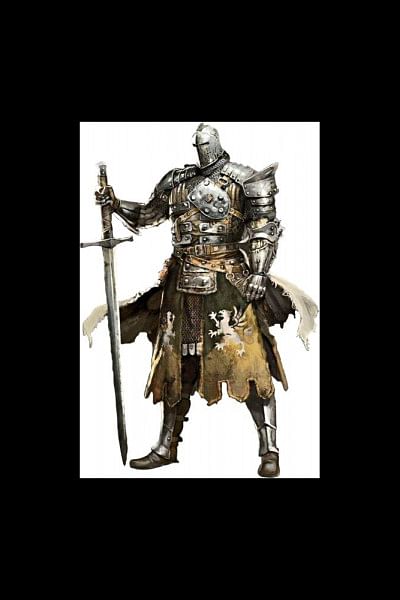The Challenge of Realistic Melee Combat in Games

The games industry is becoming increasingly diverse and the niches the so-called AAA developers ignore are being filled by outsiders: smaller companies and indie developers. Customers who demand realism in gameplay can now take their pick, from survival games such as Rust to modifications to existing games such Skyrim. Immersive combat systems are now quite common in the shooter genre, with tense, skill-driven battles in Red Orchestra and ARMA drawing in those jaded by Call of Duty's turn towards action cinema. Yet while shooty-shooty-bang-bang is being faithfully replicated we still remain left out when it comes to realistic melee combat.
There is reason for this, and it's not merely creative conservatism.
By 2016 the world has fallen in love with the Souls combat system which rewards quick and correct decision-making. Movesets varying from weapon to weapon make choosing the right tool essential. Yet those who imagined the 'Soulsborne' franchise would act as a balm to the relatively simplistic combat of The Elder Scrolls (the previous trendsetter in roleplaying games) by offering increasing realism were wrong. In the latest Souls game it is not unusual to do backflips while swinging blades larger than the human body.
However, the franchise will likely put pressure on other big developers to offer more intricate fighting systems, which is a necessary condition for realism. Ubisoft's upcoming For Honor is a very promising sign, even if it buys into the idea that knights, samurai and Vikings can fight on the same terms.
Examples of what the future could look like are available downmarket. Mount & Blade by Turkey's TaleWorlds Entertainment is the poster child for realistic medieval combat. There is a great emphasis in hitting the right bodyparts and blocking in the right direction, with a variety of weapons that broadly function as you'd expect of them. While it is very down to earth it is undeniable that the simulation lacks a certain oomph, which one hopes the sequel's higher budget will provide.
Speaking of the future it'd be criminal to not mention the Czech Warhorse Studios' upcoming title, Kingdom Come: Deliverance, which promises the same fidelity in its combat system as M&B. Too much fidelity, one may feel after watching a tech demo on YouTube. I am as interested in the different weapon types and armours as the next guy, but the intricacy of combat the game promises seems to be too much: either for Warhorse to be able to adequately pull off, or for any but the most hardcore players to engage in.
It may seem strange to complain about too much realism at this point, but the fact remains that this is entertainment. If you watch any medieval combat re-enactors you will see that the movements are significantly more complex, fast and reserved than you'd imagine. It is rarely as satisfying to watch as a choreographed film battle.
A melee combat simulator will show the fighting clearly so that players can learn to react appropriately to moves and translate their knowledge to skilful fighting of their own, with the satisfaction of watching their blows delivered. Thus games require unrealistically telegraphed attacks and long recovery times in combat. Realistically brisk fighting, grappling and on-the-fly switching to pommel strikes and half-swording will be too much for the player to achieve with modern input technology, and will also extremely difficult to communicate to the player on screen. It will come out as noise as opposed to information.
Perhaps motion tracking and virtual reality technology will make truly realistic melee combat viable, though it'd be a real workout.
The challenge of realistic melee combat in games isn't merely about the will or ability to replicate it, it's deciding at what point the simulation becomes too real to be enjoyed.
Zoheb Mashiur is a prematurely balding man with bad facial hair and so does his best to avoid people. Ruin his efforts by writing to [email protected]

 For all latest news, follow The Daily Star's Google News channel.
For all latest news, follow The Daily Star's Google News channel. 



Comments